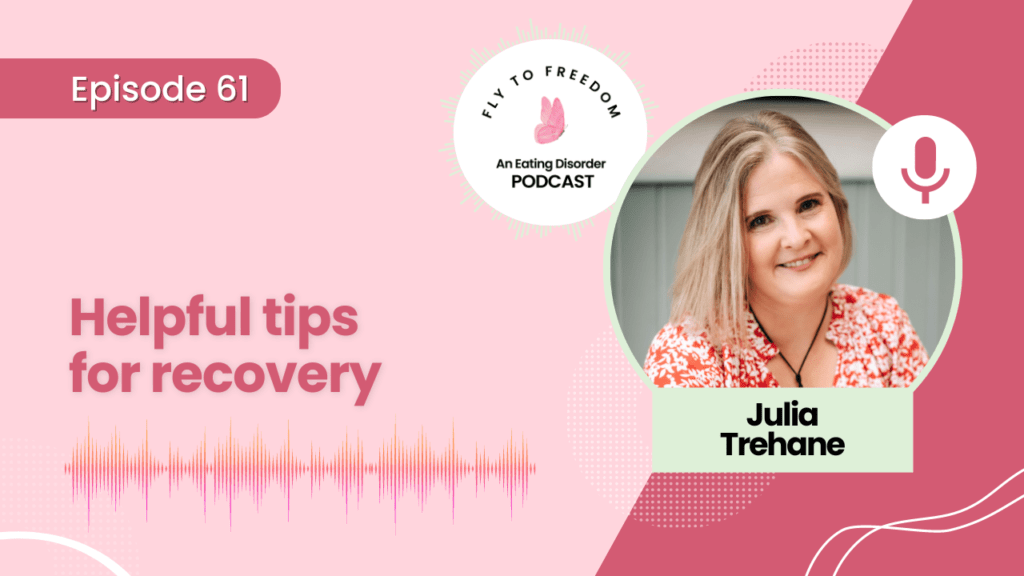For anyone battling an eating disorder, particularly anorexia recovery, the process can feel like an overwhelming uphill battle. Every step of the way, fear, anxiety, and self-doubt can cloud your path. However, through a combination of practical tips, mindset shifts, and science-based strategies, it is possible to make this journey more manageable and ultimately find your way to healing.
- The Power of Writing Letters for Perspective
One transformative tool in recovery is writing two letters—one that expresses the pain caused by your eating disorder and another that envisions the life you hope to build without that suffering. The exercise of writing down your thoughts helps externalize your emotions and solidifies your motivations for change.
Scientific research in motivational interviewing supports this approach. Studies show that when individuals reflect on their intrinsic values and future aspirations, they are more likely to commit to behavior change. The second letter taps into mental contrasting, a psychological concept that involves comparing the desired future state with current realities. This method has been shown to boost goal attainment, particularly in complex, long-term challenges like anorexia recovery.
- Facing Fears: The Key to Recovery from anorexia
The recovery process often requires confronting deep-rooted fears, especially those around food, body image, and control. Avoidance of feared situations can perpetuate disordered behaviors and prevent healing. Here, exposure therapy plays a crucial role.
According to studies on cognitive-behavioral therapy (CBT), gradual exposure to feared foods or anxiety-inducing situations can desensitize the brain’s fear response. Over time, the negative associations between fear and food weaken, empowering you to reclaim control over your eating habits. This science-backed approach encourages confronting fear head-on rather than avoiding it, creating lasting change in the recovery process.
- Empowering Language for a Stronger Mindset
The way you speak to yourself can drastically affect your recovery. Shifting from phrases like “I can’t” or “I’ll try” to more empowering statements such as “I will” rewires your mindset. Research in cognitive-behavioral therapy shows that our self-talk influences our beliefs and behaviors. When you speak in an empowered, positive way, it shifts your thoughts and reinforces proactive behaviors.
Additionally, techniques like cognitive defusion—where you learn to observe thoughts without becoming entangled in them—help to dismantle the grip of the eating disorder’s critical voice. By noticing your thoughts as temporary and separate from your identity, you can regain control over your actions.
- The Science Behind Humming for Calmness
Humming is more than just a quirky tip—it is a science-based tool rooted in polyvagal theory, which highlights the importance of the vagus nerve in regulating emotions and physiological states. When you hum, you stimulate the vagus nerve, which activates the body’s parasympathetic nervous system, promoting a state of calm.
Research shows that engaging in vagal toning exercises like humming, deep breathing, or singing can significantly reduce anxiety, stress, and hyperarousal. It’s a quick and accessible way to reset your nervous system when anxious thoughts overwhelm you during recovery.
How to Use Humming as a Calming Technique in anorexia recovery
Here’s a step-by-step guide on how to practice humming for emotional regulation and nervous system relaxation:
- Find a Quiet, Comfortable Space:
- Start by finding a comfortable and quiet spot, whether it’s sitting or lying down. You don’t need complete silence, but choose an environment where you feel safe and can focus on the exercise without distractions.
- Breathe Deeply:
- Begin by taking a few deep, slow breaths to center yourself. Inhale deeply through your nose, expanding your diaphragm, and exhale slowly through your mouth. Focus on your breathing for a minute or two to calm your heart rate and relax any muscle tension.
- Choose a Simple Tone:
- Pick a simple tone or pitch that feels comfortable for you to hum. It doesn’t need to be musical or perfect, just a gentle, low hum. You might start with a basic “mmmm” sound or hum your favorite soothing melody or a note like “om,” which is often used in meditation practices.
- Start Humming:
- On your next exhale, begin to hum softly. As you hum, notice the vibrations in your throat, chest, and even the back of your head. Let the hum resonate naturally. Feel the calming sensation spread through your body as the vibrations stimulate your vagus nerve.
- Focus on the Vibration and Sensation:
- Focus on the physical sensation of the humming, particularly the vibration it creates in your chest and throat. These vibrations are key to stimulating the vagus nerve. The more you concentrate on the sensations, the more your mind will begin to slow down and your anxiety will dissipate.
- Extend the Humming:
- Continue this humming practice for a few minutes. Try to extend the length of your humming as you become more comfortable. You can adjust the pitch and tone to what feels right for you—slightly lower pitches tend to have a more calming effect. Each hum can last anywhere from 5 to 10 seconds, depending on your breath capacity.
- Pause and Reflect:
- After humming for a few minutes, stop and return to regular breathing. Take a moment to notice how you feel. You might experience a slowing of your heart rate, reduced tension in your muscles, and a general sense of calm.
- Repeat as Needed:
- You can repeat this humming practice as often as you need throughout the day, especially when you’re feeling overwhelmed or anxious. It’s a simple, portable tool that can be done anywhere—whether you’re at home, in nature, or even discreetly while in public spaces.
- The Power of Gratitude and Self-Compassion
Practicing gratitude and self-compassion has profound effects on mental health, and both are essential for anyone in recovery from anorexia. Numerous studies show that daily gratitude practices improve emotional well-being, elevate self-esteem, and reduce symptoms of depression and anxiety.
Meanwhile, self-compassion—treating yourself with kindness rather than harsh self-judgment—has been shown to buffer against eating disorder relapse. Research published in the journal Mindfulness indicates that individuals who practice self-compassion are more resilient in the face of setbacks, allowing them to move forward in their recovery journey with a more balanced, hopeful outlook.
- Additional Science-Based Strategies
– Nature Therapy: Spending time in nature has been scientifically proven to reduce stress and anxiety, particularly for those struggling with mental health challenges. Ecotherapy, or nature-based therapy, connects individuals with the natural environment, which can promote healing, reduce the intensity of eating disorder thoughts, and improve emotional regulation.
– Breaking Ritualistic Behaviors: Avoiding rituals that perpetuate eating disorder behaviors, such as excessive gum chewing or calorie counting, is crucial for long-term recovery. Studies suggest that breaking these habits is essential for cognitive flexibility and healthier eating patterns.
– Acceptance and Commitment Therapy (ACT): Accepting the “eating disorder voice” without engaging with it aligns with ACT, a psychological approach focused on accepting emotions without letting them dictate behavior. This promotes greater mental flexibility and helps you act in alignment with your recovery goals, even when negative thoughts arise.
I recorded this episode of my podcast, Fly to Freedom. It’s a fantastic accompaniment to this article. Have a listen by clicking on the image.
Your Path to Freedom: Support and Resources
These strategies are designed to make your recovery journey more manageable, but it’s important to remember that you don’t have to walk this path alone. Recovery thrives in community and with the right support systems in place.
As an anorexia recovery coach, I offer personal guidance, compassion, and a deep understanding of the challenges you face. If you need personalized support, my gold standard 1:1 coaching is the fastest way to recovery.
– Listen to my podcast, Fly to Freedom, where I share my recovery journey and interview experts in the field of eating disorder recovery: Fly to Freedom Podcast.
– Follow me on Instagram for daily inspiration and tips: @juliatrehane
– Sign up for my email list to receive powerful daily mantras that can help keep you focused and inspired as you move through your recovery journey. You can subscribe at the bottom of this page.
Recovery is challenging, but it is also possible. With the right tools, mindset, and support, you can reclaim your life and find freedom from anorexia.
If you’d like me to help you through your recovery, with proper, effective, science backed techniques and everything you need to create a better life, free from your eating disorder, reach out to me and take that 1st step. Oh, and this part is free of charge by the way!


